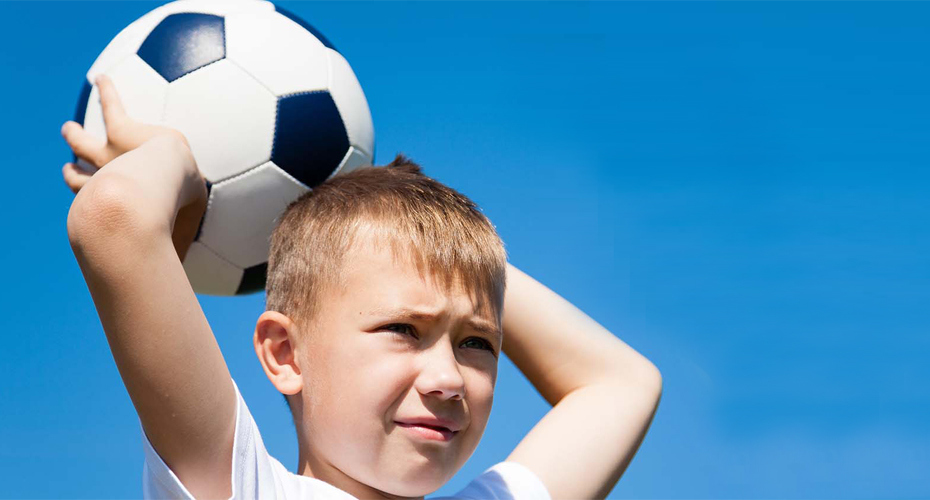Developmental Coordination Disorder
A particular focus of our work, which has been supported by funding from the Waterloo Foundation, has been trying to understand the difficulties experienced by children with DCD (also known as dyspraxia).
We have uncovered visuomotor differences between sporty children and those who struggle with movement coordination and used this information to develop training programmes and create free resources to be used by parents, schools or coaches, called See2Learn.

Our approach follows three basic steps:
- We determine the attentional strategies of experts as they perform skills and work out the cues that they use to make decisions and guide movements (using eye trackers)
- We then use this information to create videos that guide trainees to adopt the same eye movements.
- Rather than focus on controlling their limbs we ask trainees to focus only on what they look at as they practice the skills.
Find out more and watch videos of the eye tracking and training programme on the See2Learn website.
Publications
- Quiet Eye Distinguishes Children of High and Low Motor Coordination Abilities. Mark Wilson, Charlotte A. Miles, Samuel Vine, Joan Vickers. Medicine and Science in Sports and Exercise (2013).
- A randomized controlled trial of a group-based gaze training intervention for children with Developmental Coordination Disorder. Greg Wood, Charlotte A. L. Miles, Ginny Coyles, Omid Alizadehkhaiyat, Samuel J. Vine, Joan N. Vickers, Mark R. Wilson. PLOS ONE (2017).



